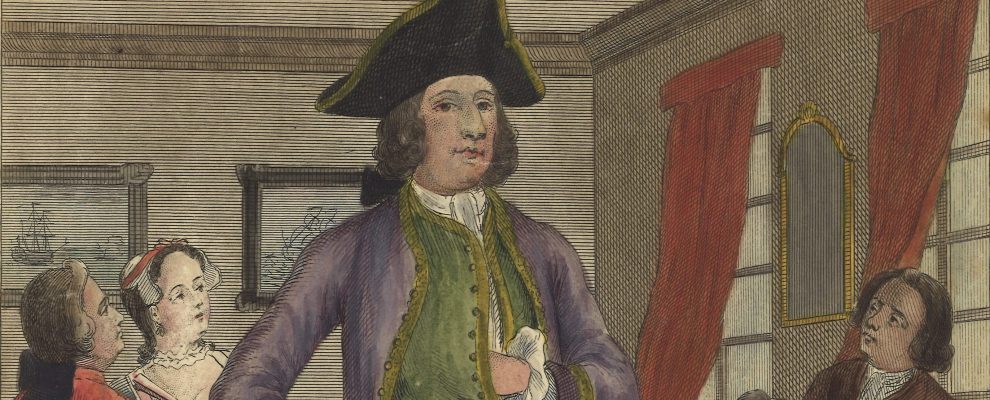In the name of entertainment, the exhibition of human ‘freaks’, ‘monstrosities’ and marvels of nature were an essential component of travelling fairs and shows throughout the Georgian period. The fairground created a world of extremes: largeness in size, hairiness of body, miniature and giant stature were all celebrated and sought after. Coffee houses also provided a platform for the display of difference, whilst more rarefied exhibits, such as Count Boruwlaski, a Polish dwarf who received the patronage of the Duchess of Devonshire, could be seen in the private homes of the elite via the purchase of ticket.
Often the most popular attractions were oddities with extraordinary talents, who could do supposedly normal things despite their disabilities. Matthew Burchinger was just such an example. Born without arms and legs he wowed crowds with his skills as a magician, calligrapher, artist and musician. Sarah Biffin from Somerset, similarly born without limbs, became a popular miniaturist, selling her paintings for three guineas each. She was later to receive the patronage of the Earl of Morton who sponsored her to have lessons at the Royal Academy, following which she secured a commission from the Royal family.
The popular appeal and fascination with human difference, outwardly appears to be cruel and morbid. However, such curiosity perhaps also drew on Enlightenment interests in physiognomy, human development and the desire to understand humanity through classifying and categorising.

Name: Fairfax House
Source: In Pursuit of Pleasure: Entertaining Georgian Polite Society (Fairfax House, 2016)
